Traveling with electronics is an essential part of modern life, whether for work, entertainment, or communication. Among these, the portable charger—also known as a power bank—is a must-have travel companion. However, questions about whether portable chargers are allowed on planes and under what conditions often arise. This article explores U.S. airline rules, international guidelines, and helpful tips for traveling with portable chargers.

International Regulations and U.S.-Specific Airline Policies for Portable Chargers
While the International Air Transport Association (IATA) sets global standards for carrying portable chargers, travelers flying within or to the U.S. should be aware of additional airline-specific policies. Let’s dive into both IATA regulations and the policies of prominent U.S. airlines.
IATA Guidelines for Power Banks
The IATA establishes clear safety rules for transporting lithium-ion batteries, including power banks. According to these regulations:
- Power banks up to 100 Wh: Permitted in carry-on luggage only; strictly prohibited in checked baggage.
- Power banks between 101 and 160 Wh: Allowed in carry-on luggage with prior airline approval, typically limited to two units.
- Power banks exceeding 160 Wh: Not allowed in carry-on or checked luggage. These must be shipped as cargo under strict compliance with IATA's Dangerous Goods Regulations.
These guidelines ensure a consistent safety standard across most airlines worldwide.

U.S.-Specific Airline Policies
Major U.S. airlines follow IATA guidelines but may have unique considerations. Here's a summary of policies for some leading airlines:
- American Airlines: Allows power banks up to 100 Wh in carry-on luggage. For batteries between 101 and 160 Wh, approval is required, with a limit of two. Batteries must be properly stored to prevent activation.
- Delta Airlines: Follows IATA rules. Passengers can carry power banks under 100 Wh in their carry-on. For batteries over 100 Wh, prior approval and safe packaging are mandatory.
- United Airlines: Adheres to IATA guidelines. Power banks up to 100 Wh are allowed in carry-ons, while those above this range require airline approval.
- Southwest Airlines: Permits power banks within the standard 100 Wh limit in carry-on luggage, prohibiting them in checked baggage. Larger batteries need airline approval.
General Tips for U.S. Airlines
- Always pack portable chargers in your carry-on luggage.
- For power banks above 100 Wh but under 160 Wh, contact the airline ahead of time for approval.
- Ensure power banks are turned off and securely stored during the flight to avoid accidental activation.
- Review airline policies before your trip, as rules may change over time.
The Importance of Watt-Hours (Wh) and Milliamp-Hours (mAh)
When flying with portable chargers, understanding the watt-hour (Wh) limit is critical. While manufacturers often list capacity in milliamp-hours (mAh), airlines refer to Wh. Here's how to convert between these measurements.

Converting mAh to Wh
Use the following formula:
Watt-hours (Wh) = (mAh × Voltage (V) / 1000)
For example:
- A 10,000 mAh power bank with a voltage of 3.7V equals 37 Wh, well within the 100 Wh limit.
- A 20,000 mAh power bank at 3.7V equals 74 Wh, also compliant.
- A 50,000 mAh power bank at 3.7V equals 185 Wh, exceeding the limit and requiring cargo shipping.
Converting Wh to mAh
For reverse conversion:
mAh = (Wh × 1000 / Voltage (V))
For instance:
- A 99.9 Wh power bank at 3.7V equals 27,000 mAh, which complies with regulations.
Best Portable Chargers for Air Travel
When choosing a power bank for travel, selecting one that complies with airline regulations is vital. Here are some top picks:

-
- Built-in cable for convenience
- Compact design ideal for carry-ons
-
PISEN QUICK 30W Magnetic Qi2 Wireless Power Bank
- Qi2 protocol, wired 30W, wireless 15W charging
- Magnetic charging with phone holder

3.PISEN Power Depot 22.5W 10000mAh
-
- Travel-friendly design with built-in cable
- Lightweight and easy to pack

Additional Travel Tips for Power Banks
- Store Safely: Always carry your power bank in your carry-on luggage. Secure it to prevent accidental activation.
- Avoid Damaged Batteries: Airlines prohibit damaged or defective batteries due to fire risks.
- Double-Check Policies: Review specific airline policies before flying to avoid surprises at security checks.
Conclusion: Traveling Safely with Portable Chargers
Portable chargers are generally allowed on planes, provided they comply with FAA and TSA regulations for domestic flights and IATA rules for international travel. Ensure your charger meets watt-hour limits and is packed in your carry-on luggage to avoid delays or complications.
By understanding these guidelines and planning accordingly, you can travel hassle-free and keep your devices powered throughout your journey.
Related reading: Car Charger vs. Power Bank: Which Is Best for Your Charging?

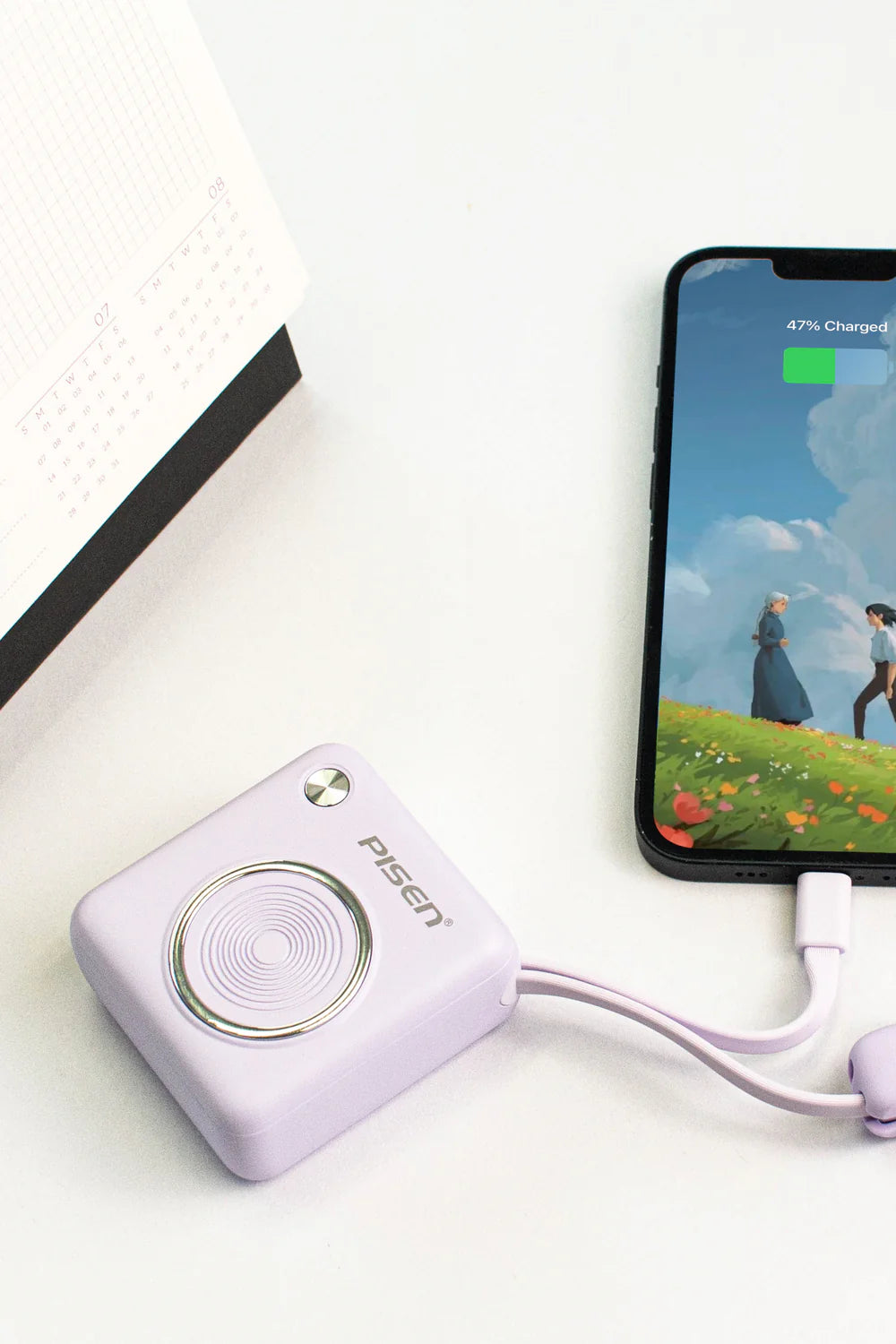
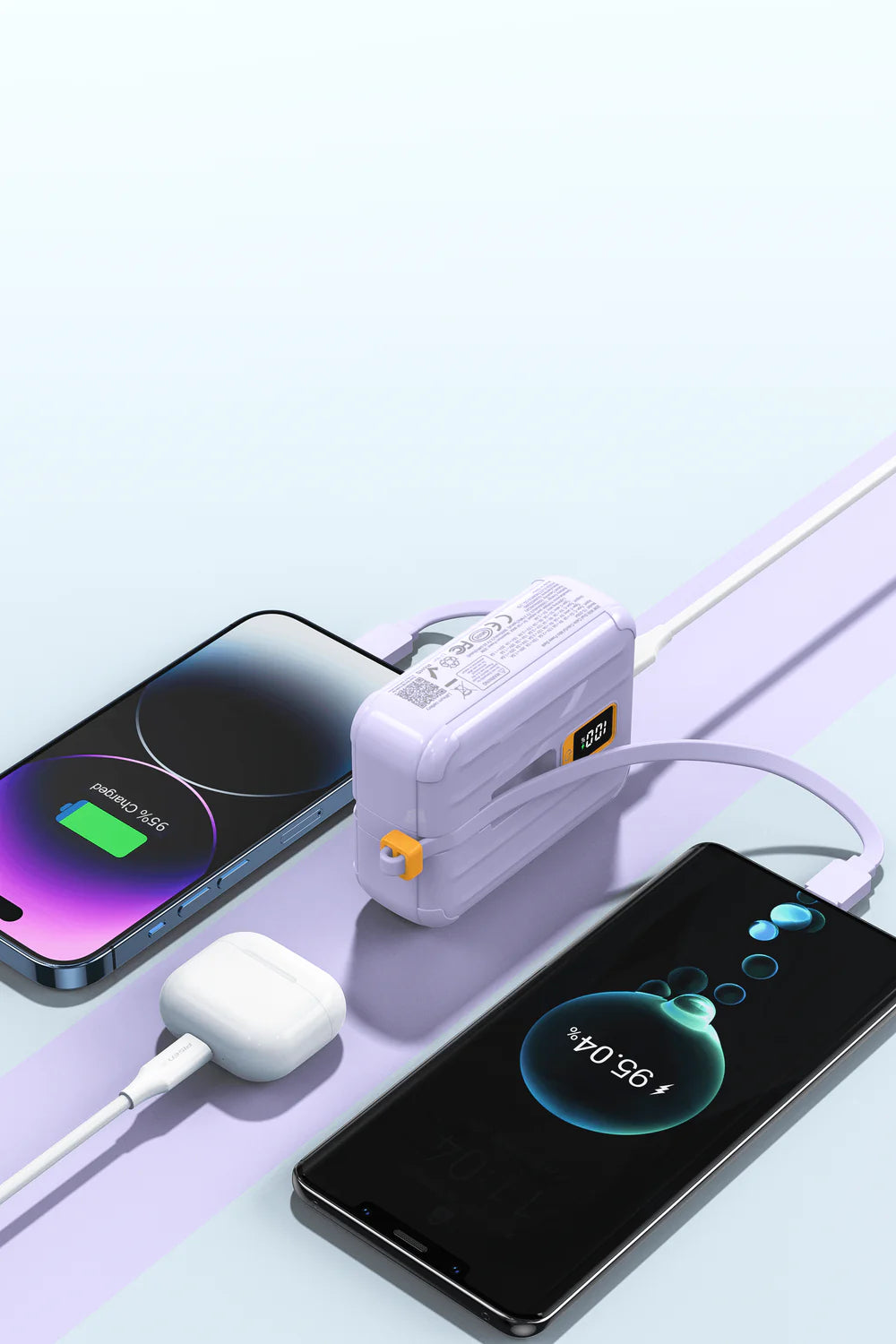
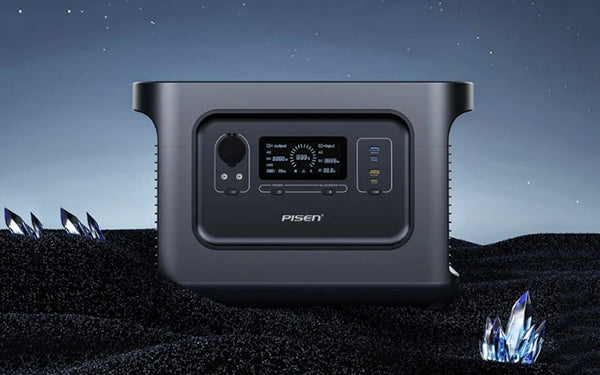
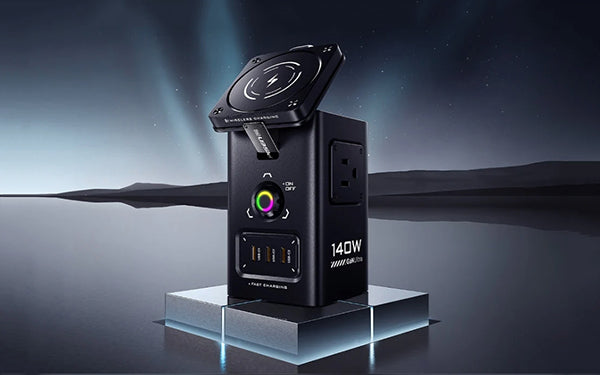
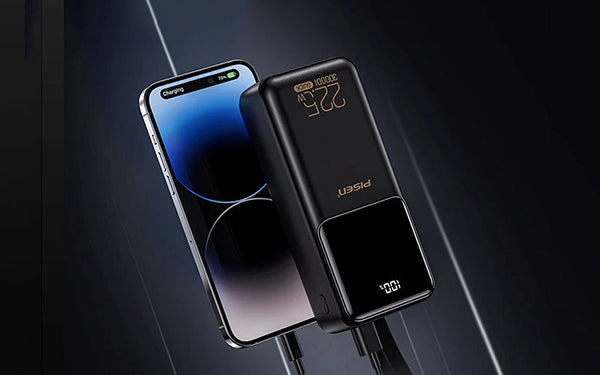
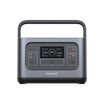
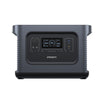
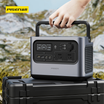
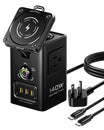
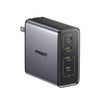
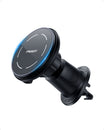
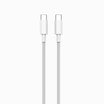
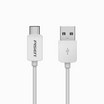
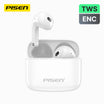
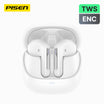
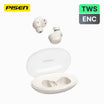
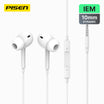

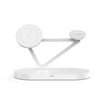
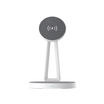
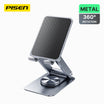
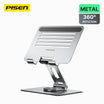
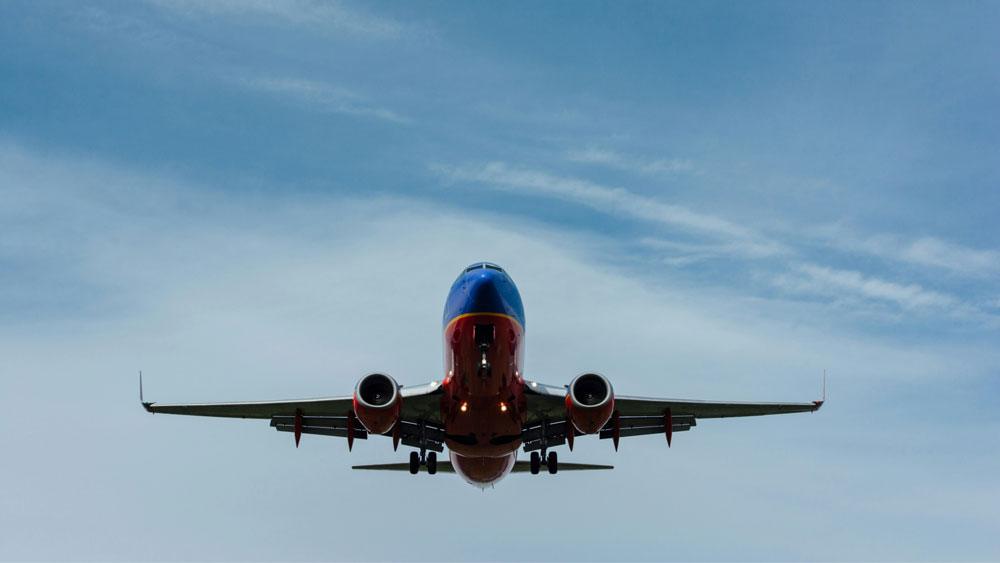

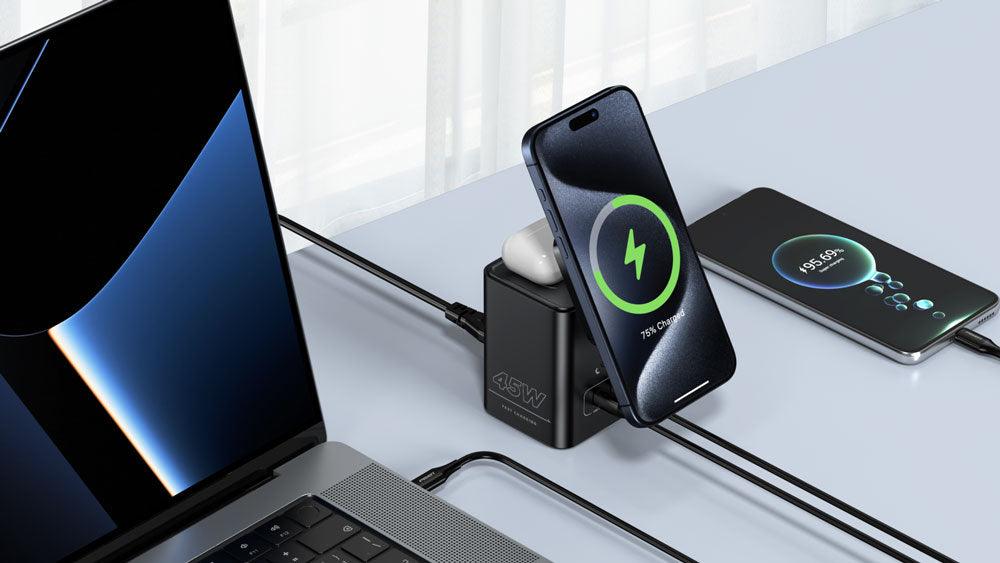
Leave a comment
This site is protected by hCaptcha and the hCaptcha Privacy Policy and Terms of Service apply.